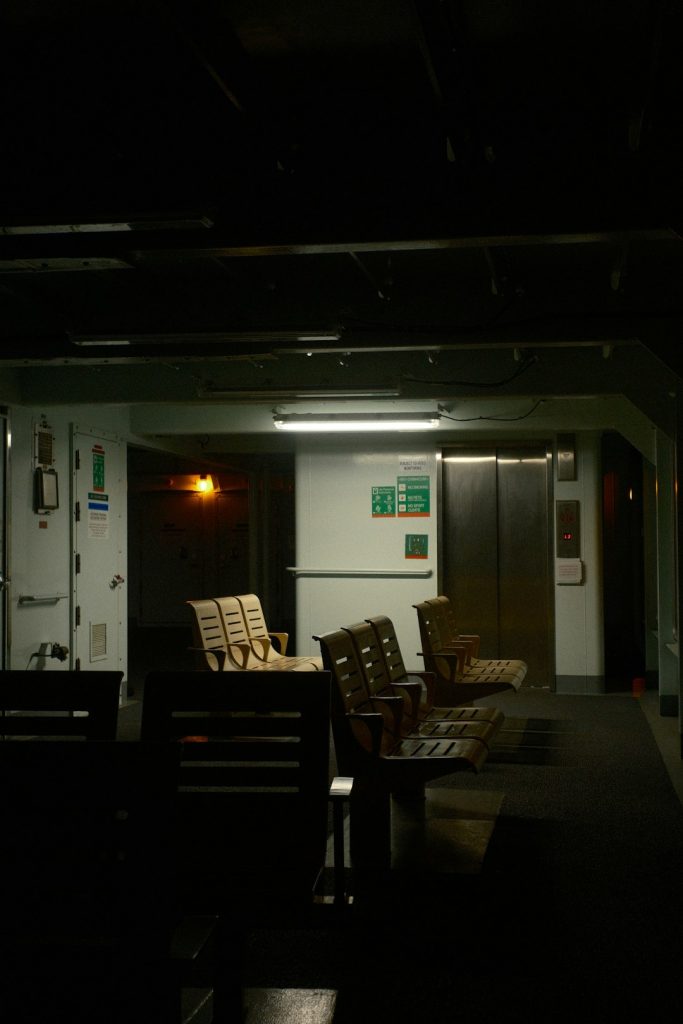When setting up the perfect home theater or high-fidelity audio system, enthusiasts often ignore one subtle but powerful element: the subwoofer isolation pad. These simple additions are designed to reduce vibrations and improve audio output, but many question whether they are truly effective or merely a marketing gimmick. Delving into the science and real-world experiences, it’s possible to find out if investing in subwoofer isolation pads genuinely enhances sound performance or if they are unnecessary accessories.
What Is a Subwoofer Isolation Pad?
A subwoofer isolation pad is typically made of foam or rubber composite material and is placed underneath a subwoofer. Its primary function is to decouple the subwoofer from the floor or other surfaces it may rest on. The goal is to eliminate or reduce the amount of vibrational energy that transfers into the floor, walls, or furniture, which can often negatively affect audio quality.
Most isolation pads are designed with a layered construction to absorb and dissipate energy. In doing so, they help to control low frequencies and clean up boomy or muddy bass that may result from sound waves interacting with nearby structures.
Understanding Bass Transmission and Vibrations
Subwoofers produce sound at very low frequencies, which are physically felt as much as they are heard. These frequencies can travel through floors and walls with ease, especially in settings like apartments or condos where floors are not acoustically treated. This phenomenon, called structural transmission, can cause several undesirable effects including:
- Distorted audio: Vibrations interfere with speaker performance and create reverberation or echo that muddies the sound.
- Noise complaints: Bass sounds traveling through floors can disturb neighbors even when the volume is moderate.
- Reduced clarity: Extra vibrations can mask mid and high-frequency details, leading to diminished overall audio clarity.
By lifting the subwoofer away from the floor and dampening the energy it emits, isolation pads aim to mitigate these effects. Still, not all environments or subwoofers benefit equally, and the answer to whether isolation pads are helpful depends on several variables.
Do Subwoofer Isolation Pads Make a Difference?
In practical applications, isolation pads do improve sound in many cases — especially in acoustically untreated rooms. Here’s how:
1. They Reduce Structural Vibrations
Isolation pads reduce the vibration that is otherwise transmitted directly into the structure of the room. This is particularly beneficial in multi-story dwellings and apartment setups, where bass energy may travel through flooring and walls. Users often notice less booming and a more controlled bass response after installing an isolation pad.
2. They Improve Clarity and True Sound
By isolating the subwoofer, less energy is wasted in non-aural vibrations. This results in cleaner bass, allowing more accurate reproduction of low-end sounds. Audiophiles often report better sound separation and detail after switching to isolation setups.
3. They Protect Equipment and Structures
Continual vibrations can loosen joints and cause wear in floors or stands where subwoofers are placed. With isolation pads acting as shock absorbers, both the subwoofer and surrounding equipment are subjected to less mechanical stress, increasing longevity.
Limitations and Considerations
While isolation pads offer distinct benefits, they are not a magic bullet. Their overall effectiveness can greatly depend on the following:
- Subwoofer weight: Some heavier subwoofers may overpower foam-based isolation pads, reducing effectiveness. In such cases, rubber or platform designs may work better.
- Room acoustics: Pads help control physical vibrations but don’t treat the room’s acoustics. For full audio improvement, consider acoustic panels or bass traps alongside isolation pads.
- Surface material: If the subwoofer is already on a thick carpet or padded flooring, isolation pads might make only a marginal improvement.
In any case, testing different setups — such as raising the subwoofer slightly or repositioning it — can help determine whether an isolation pad provides meaningful benefits in your specific environment.
Types of Subwoofer Isolation Products
There are several approaches to subwoofer isolation:
- Foam Isolation Pads: Affordable and commonly used, especially in home studios and small home theaters.
- Rubber Feet or Isolation Dots: Attach directly to the subwoofer base and are usually more durable than foam options.
- Isolation Platforms: Heavier platforms often include a combination of foam and dense materials and can support large subwoofers.
- Spring Isolation Systems: More advanced and often used in professional setups where precise decoupling is needed.
Cost vs. Benefit Analysis
Isolation pads vary widely in price, from as little as $20 for basic foam to over $150 for high-end platforms. For audiophiles or people in acoustically sensitive locations, the investment could make a noticeable improvement. However, in settings where the flooring is already isolated or in very large rooms, the gain might not justify the cost.
Ultimately, the effectiveness of a subwoofer isolation pad comes down to how sensitive the room is to vibrations and how critical the listener is about sound precision. In environments where excessive bass resonance is a problem, isolation pads can offer a relatively simple and cost-effective solution.
Conclusion
Subwoofer isolation pads are not just gimmicks — they serve a genuine purpose for many audio setups by improving clarity, reducing unwanted vibrations, and enhancing the longevity of gear. While results can vary, the overall consensus from audio professionals and home theater enthusiasts is that the benefits often outweigh the cost, especially in vibration-prone environments. As always, personal preferences and room conditions are key factors in determining the outcome.
FAQ: Subwoofer Isolation Pads
-
Q: Do isolation pads work with all subwoofers?
A: Yes, but effectiveness may vary based on size, weight, and placement of the subwoofer. -
Q: Can I use household items instead?
A: Some people experiment with yoga mats or rubber tiles, but these may not offer the same level of effectiveness. -
Q: Do isolation pads improve bass?
A: They can improve bass clarity and reduce boominess, particularly in small or untreated rooms. -
Q: Should I use isolation pads on carpet?
A: It depends; thick carpet already provides moderate isolation, but additional pads can still offer improvements in clarity. -
Q: Do pads make a difference in concrete rooms?
A: Yes, especially in echo-prone concrete environments where vibrations can amplify low frequencies.

